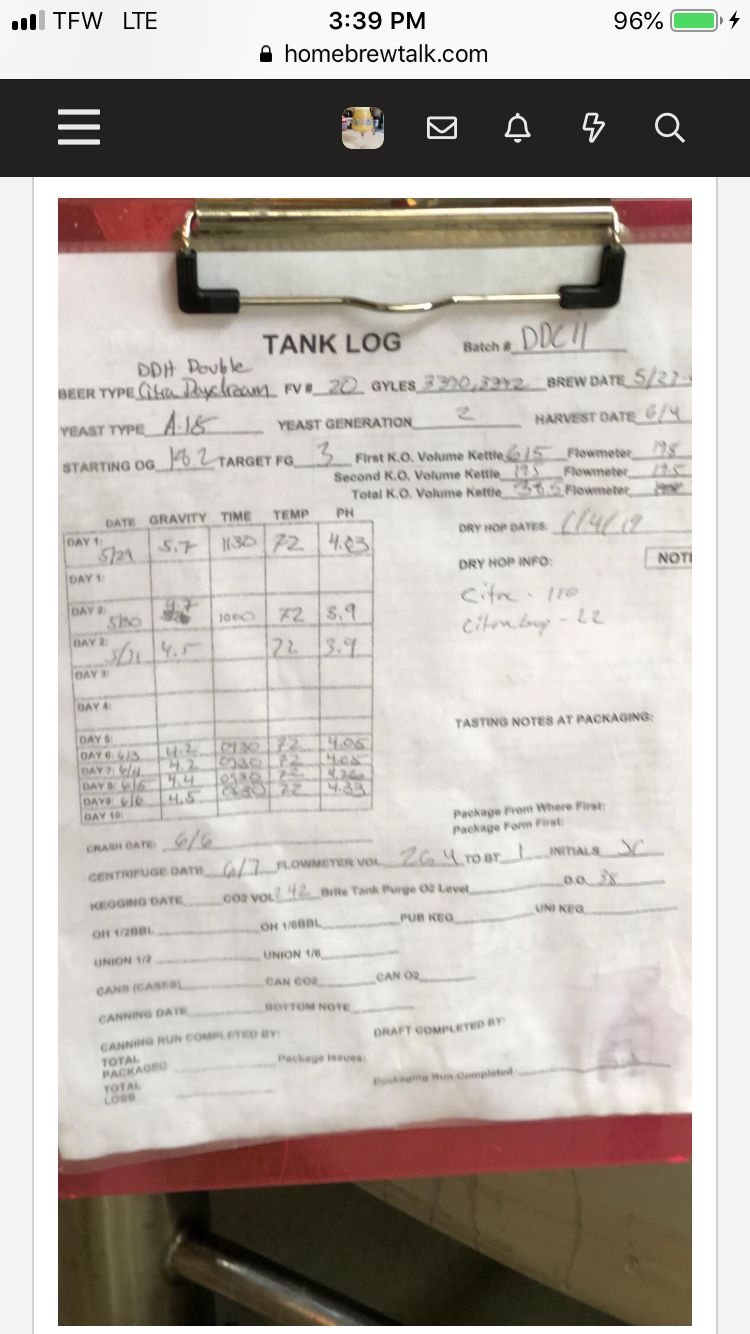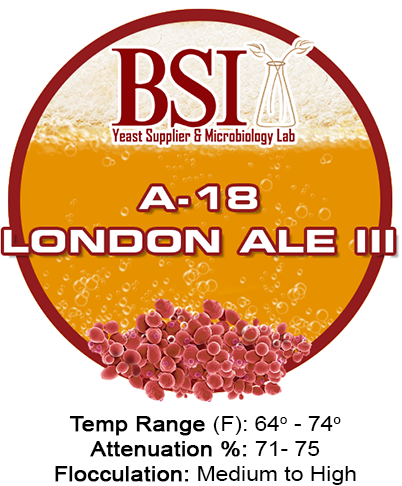lowtones84
Well-Known Member
The description from northern brewer suggests it has more proteins than wheat malt and provides a more "soft and pillowy" mouthfeel compared to wheat. Of course, that description could just be magical genius marketing gimmick for suckers like me wanting to try it lol. Anyways, if anyone could provide their opinions and experiences with using it in NEIPAs, I would appreciate it!
I haven't used it in NEIPAs, but I use a lot of unmalted spelt in saisons and other farmhouse beers. One of my favorites is a 4% saison with a FG of usually under 1.000, around 30% unmalted spelt and I can certainly say that the body is fantastic for such a dry beer. That is unmalted and a pretty specialized mash schedule but I can certainly say that works.






































![Craft A Brew - Safale BE-256 Yeast - Fermentis - Belgian Ale Dry Yeast - For Belgian & Strong Ales - Ingredients for Home Brewing - Beer Making Supplies - [3 Pack]](https://m.media-amazon.com/images/I/51bcKEwQmWL._SL500_.jpg)





















